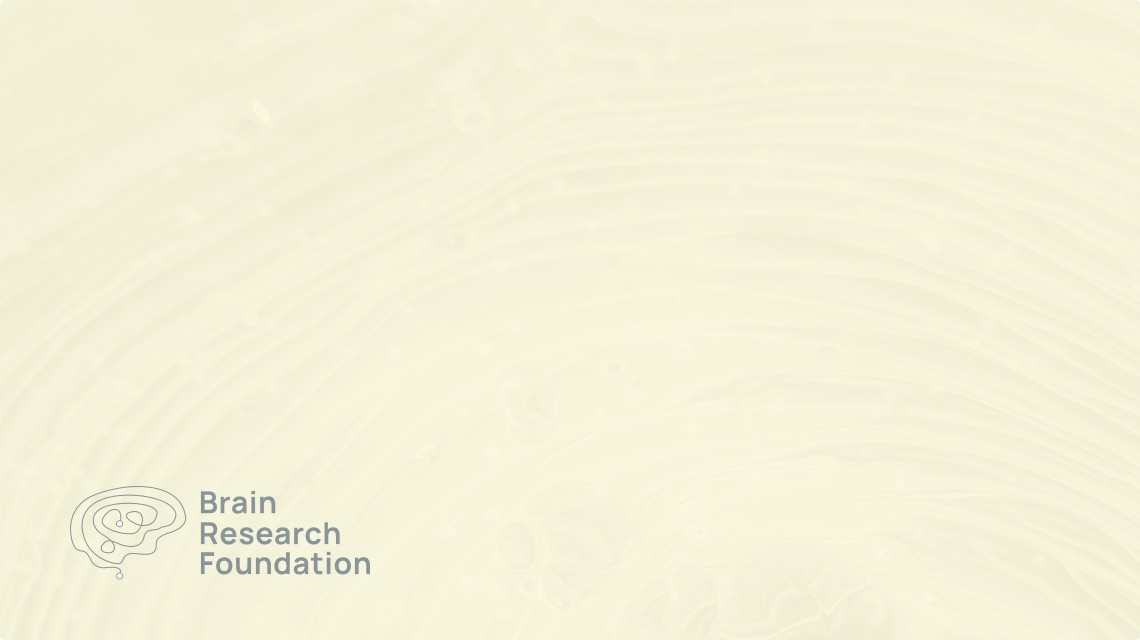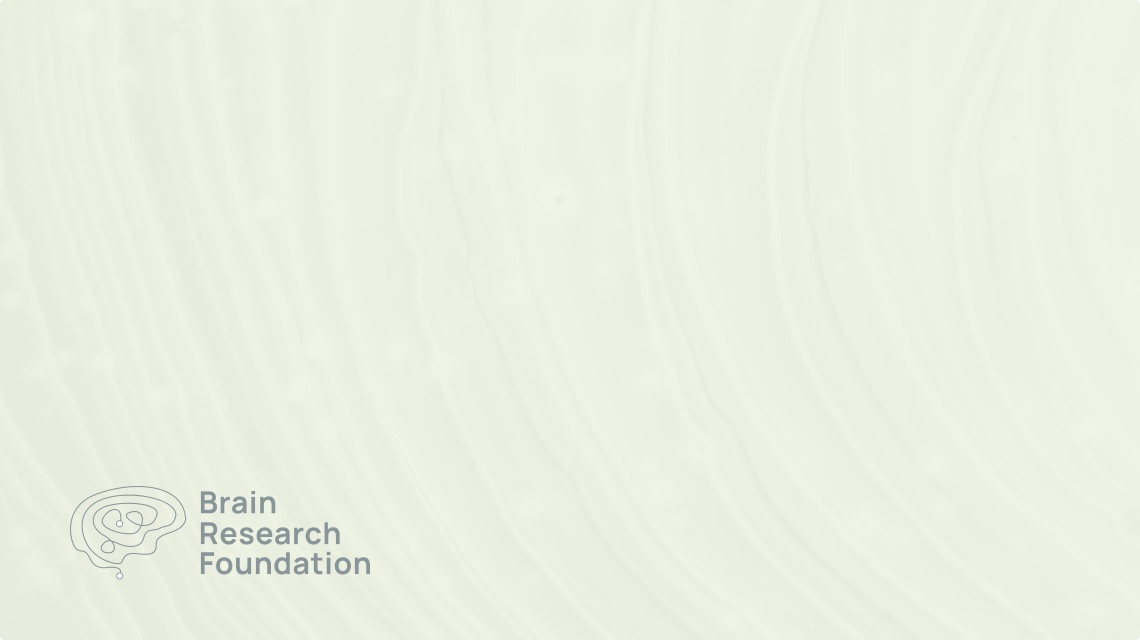2024 Seed Grant
Preeya Khanna, Ph.D.
University of California, Berkeley
To move successfully, we must be able to feel our bodies and our environment through our sense of body position and touch. A great example of this is when people try to do something very skilled with their hands, like lighting a match. This task requires you to strike the match just hard enough and at the right angle to make it ignite, but not so hard that the wooden match breaks. An experiment where the sense of touch is numbed (similar to how your hands feel when it is very cold), shows that people can’t do skilled movements, such as lighting matches anymore. People fumble with the match and clumsily struggle to accomplish the task. This experiment shows how critical the sense of touch is to movement control. We also know that the sensation of touch and body sense is damaged in many types of movement disorders including Parkinson’s disease, stroke, essential tremor, and dystonia. We would ideally like to develop rehabilitation and therapeutic strategies to improve sensation and movement together for patients with these movement disorders, but it remains difficult since there aren’t very good models of how the brain combines sensation and movement control signals to execute skillful movements. One of the difficulties in studying the interaction between sensation and movement signals in the brain is that 1) the signals are difficult to measure, and 2) movement and sensation signals can look very similar. To address this problem, we develop a very simplified experiment where an abstract object is controlled by brain signals, and sensory feedback is delivered through an air jet stream on the hand and arm. While unusual in nature, this experiment allows us experimenters to know exactly what sensory signals are and exactly what the movement signals are thereby solving both problems. With this setup, we propose a series of experiments that will advance our understanding of the computations and brain regions underlying sensory-motor integration. Such knowledge would help develop novel approaches to rehabilitate damaged SMI following stroke or brain injury.

